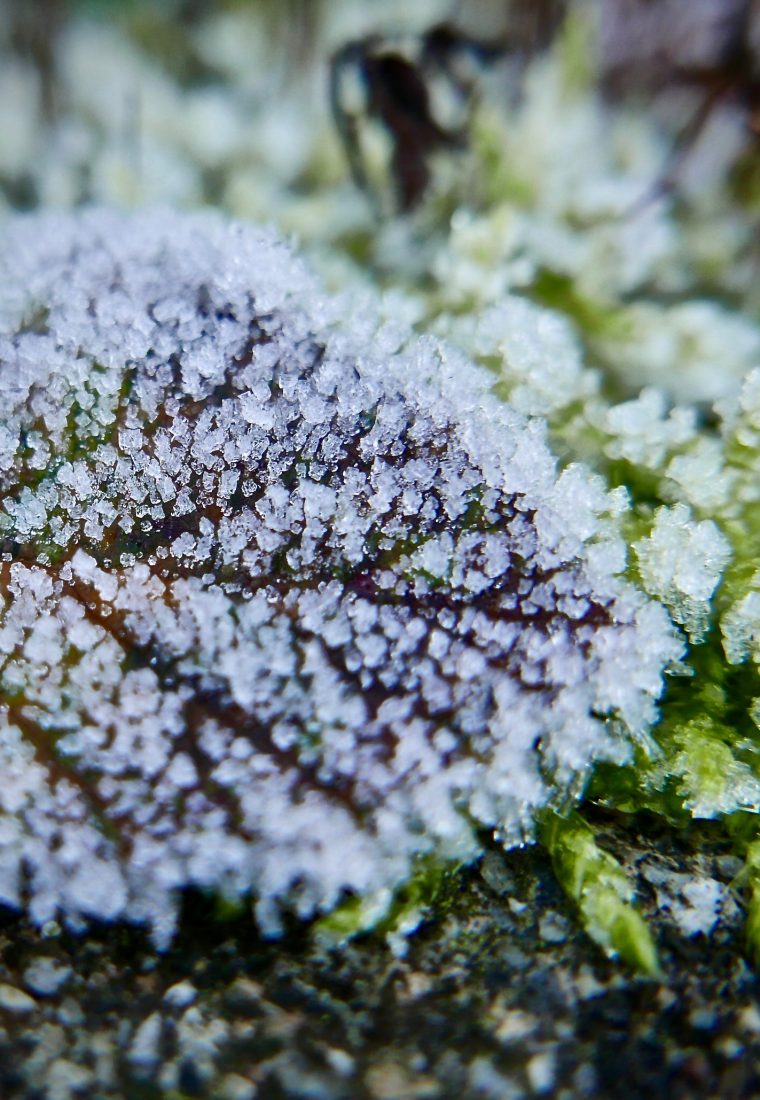Get a Jump on Your Next Successful Garden Season This Winter

The warmth of the summer is long gone, and so is the plentiful harvest of your garden. However, winter is the perfect time to get a jump on your next successful garden season. So, here are three basic tips that every gardener can use, whether you love to grow flowers, vegetables or both.
1. Leave the Leaves

Winter is an excellent time to mulch. So, why not use nature’s mulch: leaves. A thick layer of mulch protects the soil from erosion caused by rain and snow. Also, it regulates the temperature of the earth. Plants that have gone dormant benefit from temperature regulation by protecting their roots.
Leaves are excellent insulators because they are light. As they pile up, they create air pockets that add to the insulation. When the spring garden season finally comes, you can till these leaves into the earth to hasten decomposition. Or, you can bury them or add them to your compost pile, which will add valuable nutrients to the ground.
2. Cover and Protect

Once you have prepared the area for winter’s rest, cover the area with plastic or a tarp. The cover will help regulate temperatures in the soil, protect it from erosion, and deter any weeds from growing. If you have added nutrients to your gardening areas, such as a layer of compost, bone meal, or manure, the cover will keep your additions in place throughout the winter. In the spring, remove the covering, so you can start prepping the area for your spring garden.
3. Plan for Your Spring Garden

Now is the time to assess your spring garden and summer growing season. First, ask yourself the following questions:
- What grew well?
- What didn’t grow well and why?
- What was more abundant than you expected?
- What would you like to change in your next garden?
- What would you like to add to your next garden?
Use your answers to start planning what you want to plant and where. Make a list and look through seed catalogs. Learn how to dry and store seeds from your next garden, too. The colder months are the best time to read and learn about gardening. That way, you’ll be ready when the warm weather comes.
Before long, it will be time to start the seeds and seedlings for the new garden. Winter is the perfect time to make any changes to the area, as well. On those warmer winter days, make repairs to your raised beds, fix the fencing around the garden or expand your garden areas, for example.
Working on your garden through the cold season will contribute to thriving plants in the warmer months and a hearty harvest. With these three simple tips, you should be able to get a jump on your next successful garden season this winter. Also, if you get too anxious for spring to come, consider planting a few things indoors.